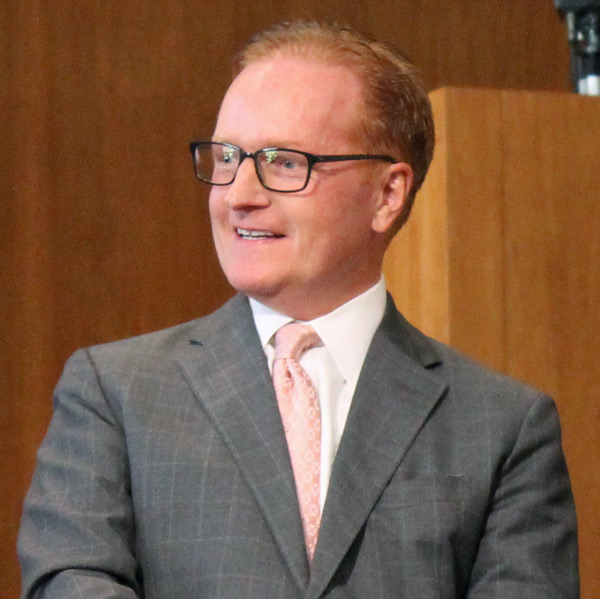By Rory D. Sweeney
When Consolidated Edison last year canceled a decades-old arrangement with Public Service Electric and Gas to wheel 1,000 MW of power from upstate New York to New York City via northern New Jersey, the move appeared to free up transmission capacity in the northeast corner of PJM. (See NYISO Members OK End to Con Ed-PSEG Wheel.)
PJM stakeholders are finding out that’s not so.
The cancellation forced operational changes that caused PJM to remodel phase-angle regulator (PAR) flows along the New York-New Jersey border — and along the PJM-NYISO seam — that will reduce transmission limits and increase the region’s LMPs. (See “‘Wheel’ Replacement Reduces Transmission Limits,” PJM PC/TEAC Briefs: Aug. 10, 2017.)
The modeling changes eliminate non-firm transmission service from the capacity emergency transfer limit (CETL) calculation and specify that adjacent non-PJM areas are not available to supply non-firm energy. In practice, the changes only affect operations along the NYISO interface, PJM’s Mike Herman acknowledged. PJM’s recent analyses as part of its Regional Transmission Expansion Plan have not indicated that external support is needed in any other region within its footprint, he said.
Con Ed subsidiary Rockland Electric objected to the revisions during an Aug. 30 educational session hosted by PJM. Rockland serves about 61,000 customers in northern New Jersey as part of Con Ed’s Orange and Rockland Utilities subsidiary just across the New York border.
“It’s very understandable that you wouldn’t want to over-rely on [the PARs] to the extent that you had under the status quo,” Con Ed’s Diana Barsotti said. “We still oppose the deletion of language [in the manual] that has to do with modeling such support that may be reasonably expected in the future.”
Barsotti requested a manual revision that provides a link to information about firm service interchanges.
Stakeholders had been confused by PJM’s changes to CETL values posted in February and had asked the RTO to explain what alterations it made beyond eliminating non-firm imports.
PJM’s Jonathan Kern acknowledged stakeholder concerns but said he was confident the “more conservative” recent assumptions are the most reasonable and don’t depend on the same “extreme mathematical optimization” that the February numbers do. The new calculations also account for resource diversity, resource retirements and PAR-adjustment coordination.
“We’ve been planning the system for decades using a certain set of assumptions and it’s taken us six months to hone in on what we feel is the best approach, so there were some growing pains,” Kern said. “We decided it would be more realistic, practical and conservative from a PAR perspective to more closely align with how New York is planning their system and PJM is operating our system.”
“There must be some number that can come in [through the PARs] in an emergency,” said Dean Bickerstaff of Hartree Partners. “Even though I know you don’t want to count on New York from a planning perspective, the real world would suggest there is some. … The market isn’t just retiring resources up there [in New York]; it’s adding resources as well. So to the extent that we would be good neighbors to them, I’m sure they would be good neighbors to us.”
Herman clarified that PJM isn’t planning to remove non-firm service from its capacity import limit (CIL) calculations.
“The inclusion of non-firm service is intrinsic to the CIL calculations,” he said. “Utilizing a combination of firm transmission service as well as the non-firm energy purchase allows the CIL test to properly identify physical system limits. In PJM’s analysis and experience, firm transmission service alone may not be enough megawatts to hit a physical limit. The purpose of this test is to identify what that physical transmission limitation is.”


